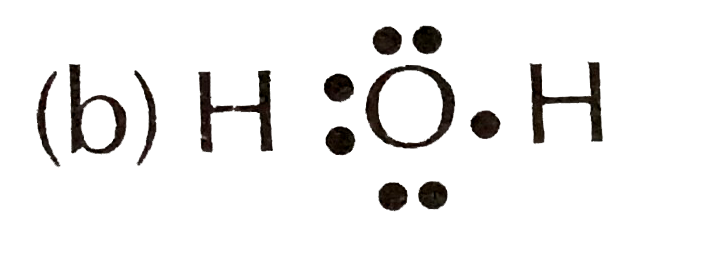Recommended Questions
- The correct electron dot structure of a water molecule is
01:58
|
Playing Now - Which of the following is the correct electron-dot structure of N2O mo...
04:31
|
Play - The correct electron dot structure of a water molecule is
02:35
|
Play - Which is the correct electron dot structure of N(2)O molecules
04:31
|
Play - Draw electron-dot and line structure of an ethane molecule.
Text Solution
|
Play - Draw the electron-dot structure of the molecules (without showing cir...
Text Solution
|
Play - Draw an electron dot structure of the molecules. (without showing the ...
03:34
|
Play - Which of the following is the correct electron dot structure of N(2)O ...
04:33
|
Play - The correct electron dot structure of a water molecule is
Text Solution
|
Play



